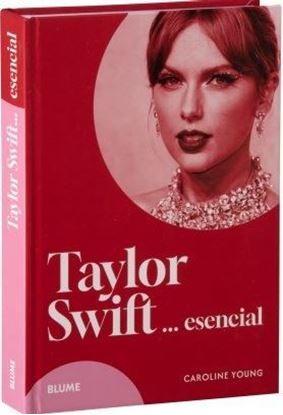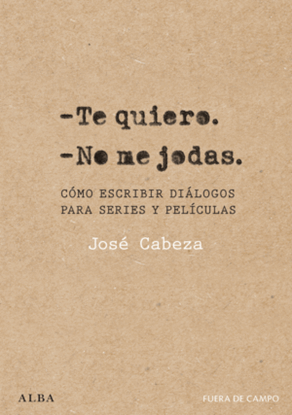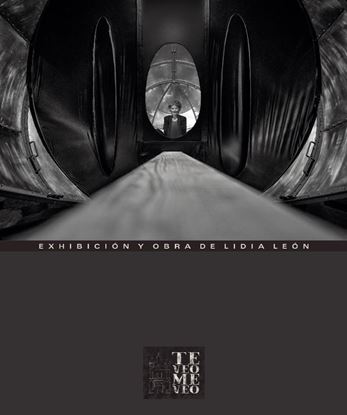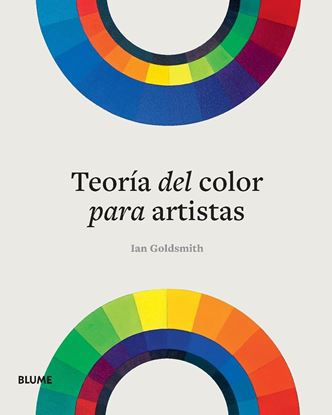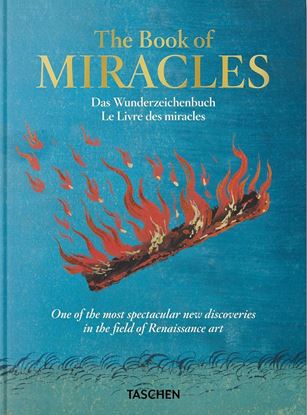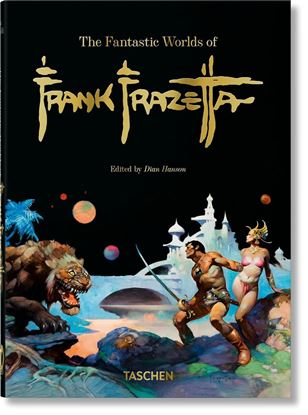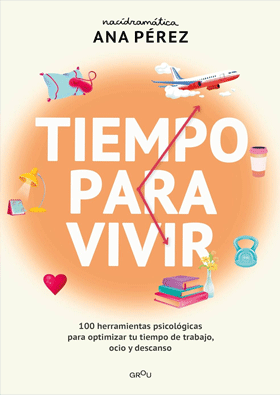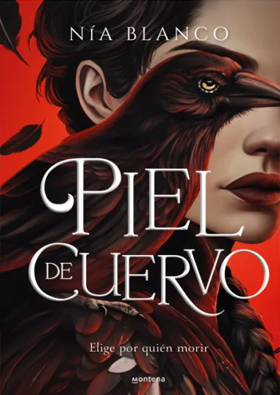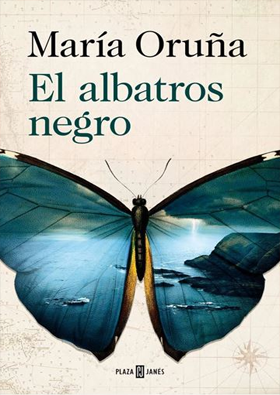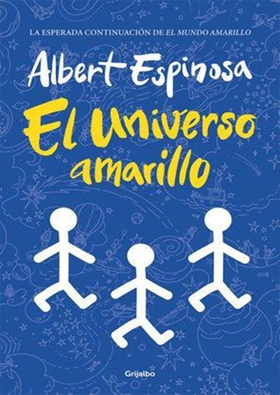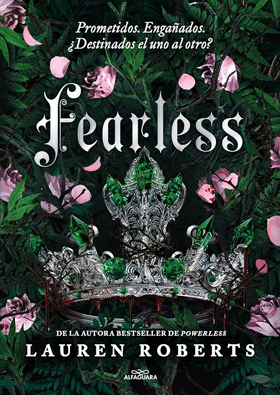

TAYLOR SWIFT... ESENCIAL
El ascenso meteórico de Taylor Swift al estrellato es la historia de este siglo.
Taylor ha dominado la industria musical desde sus inicios como sensación adolescente de la música country hasta convertirse en un fenómeno global del pop.
Es la primera mujer con cuatro álbumes en el Top Ten de la lista Billboard de forma simultánea, y ha recibido catorce Grammy Awards y cuarenta American Music Awards.
850
TE QUIERO.NO ME JODAS. COMO ESCRIBIR DI.
La mayoría de los manuales de guion son, en palabras del autor de este libro, «como los gritos constantes que el entrenador le pega aljugador infantil, y que más que situarlo mejor ante el desafío quetiene delante, lo llenan de inseguridad. No digo que sean maloslibros. Ni mucho menos. Algunos son textos formidables (?). Entonces,¿cuál es el problema? Que no hablan del proceso». Esos manualesacostumbran a dar mucha información y consejos para alcanzar un buenresultado, pero se olvidan de mostrar cómo se ha llegado hasta ahí:los errores que se convierten en aciertos y los aciertos que acabansiendo errores; los diálogos que cierran posibilidades, los que abrendemasiado el campo, los que definen bien a un personaje, pero plantean dudas sobre si podrían ser mejores?-Te quiero -No me jodas explica cómo se crean diálogos, pero no puedecrear guionistas.
1,500
TEORIA DEL COLOR PARA ARTISTA
* La guía esencial para todo artista o creativo que trabaje con el color. * Empieza con los elementos básicos de tono, valor, saturación, temperatura y opacidad para avanzar hacia cuestiones más complejas, como la mezcla de colores, la interacción del color y el pigmento. * Cada página está ilustrada con hermosos círculos cromáticos pintados a mano; un completo índice de pinturas proporciona una guía de referencia imprescindible para elegir y comprar los materiales que todo artista debería tener a mano. Las gamas cromáticas son sencillas y asequibles. La mayor parte son colores cotidianos a los que puede acceder cualquier estudiante, aunque también se pueden encontrar en gamas profesionales, más caras, de pinturas al óleo. Este libro es el resultado de miles de horas de ensayo y error por parte del autor, la colaboración de colegas y la generosidad de profesionales y expertos en sus temas especializados. Es, por tanto, una contribución a un diálogo en curso sobre el color y sobre cómo se comprende y se enseña.
1,650
THE BOOK OF MIRACLES. 45TH ED. (INT)
The Book of Miracles first surfaced several ago and is one of the most spectacular discoveries in the field of Renaissance art. The near-complete illustrated manuscript, created in Augsburg around 1550, is composed of 169 pages of large-format illustrations in gouache and watercolor, depicting wondrous and often eerie phenomena.
The mesmerizing images deal with both biblical and folkloric tales, depicting stories from the Old Testament and Book of Revelation as well as events that took place in the immediate present of the manuscript’s author. From shooting stars to swarms of locusts, terrifying monsters to fatal floods, page after page hypnotizes with visions alternately dreadful, spectacular, and even apocalyptic.
2,200
THE FANTASTIC WORLDS OF. FRANK FRAZETTA.
Frank Frazetta has reigned as the undisputed king of fantasy art for 50 years, his fame only growing in the years since his death. With his paintings now breaking auction records (Egyptian Queen sold for $ 5.4 million in 2019) he’s long overdue for this ultimate monograph.Born to a Sicilian immigrant family in Brooklyn, 1928, Frazetta was a minor league athlete, petty criminal and serial seducer with movie star looks and phenomenal talent. He claimed to only make art when there was nothing better to do – he preferred playing baseball - yet began his professional career in comics at age 16. Strip work led him to the infamous EC Comics, then to oils for Tarzan and Conan pulp covers. Both characters were interpreted by many before him, but as he explained in the 1970s, “I’m very physical minded. In Brooklyn, I knew Conan, I knew guys just like him,” and he used this first-hand knowledge of muscle and macho to redefine fantasy heroes as more massive, more menacing, more testosterone-fueled than anything seen before. As counterbalance he created a new breed of women, nude as censorship allowed, with pixie faces and multiparous bodies: thick thighed, heavy buttocked, breasts cantilevered out to there, yet still, with their soft bellies and hints of cellulite, believably real. Add in the action, the creatures, the twilit worlds of haunting shadow and Frazetta’s art is addictive as potato chips.
1,750

